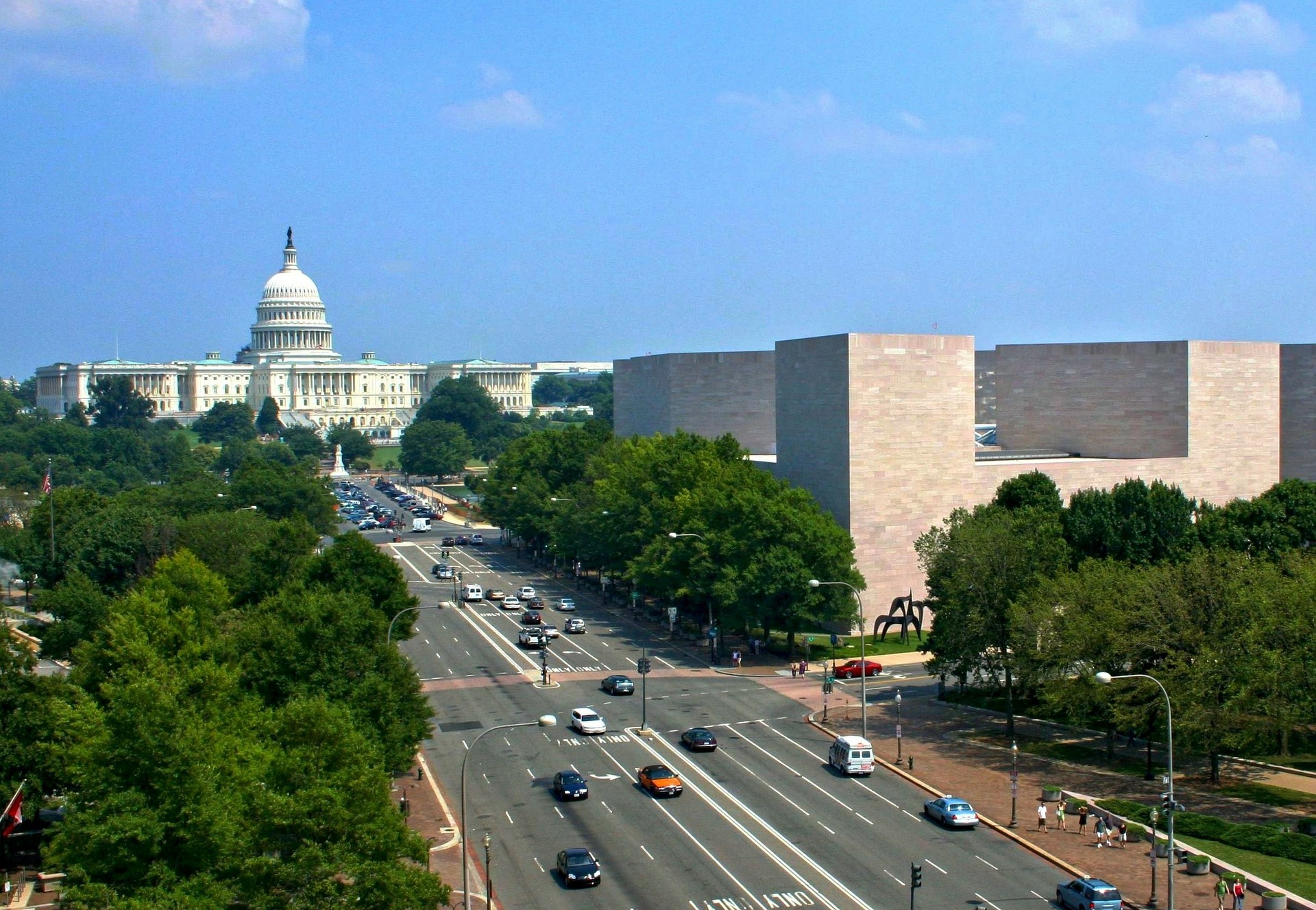As a reminder, we would like to inform our readers that USCIS has published a revised Form I-539 Application to Extend/Change Nonimmigrant Status. Beginning March 21, 2019, after close of business, USCIS will no longer accept Form I-539 with an edition date of 12/23/16 or earlier.
Applicants must send revised Form I-539 with edition date of 02/04/19. USCIS has also published a new I-539A Supplemental Information for Application to Extend/Change Nonimmigrant status, which replaces Supplement A of Form I-539.
Per the USCIS website:
We have revised Form I-539, Application to Extend/Change Nonimmigrant Status and will publish the revised form on our website on March 8, 2019. We will be removing the 12/23/16 version of Form I-539 from uscis.gov on March 8 but will be allowing for a two-week grace period, until close of business on March 21, for that version to be received by USCIS. Starting on March 22, we will only accept the revised Form I-539 with an edition date of 02/04/19. We will reject any Form I-539 with an edition date of 12/23/16, or earlier, that is received by USCIS after March 21.
We will also be publishing a new Form I-539A, Supplemental Information for Application to Extend/Change Nonimmigrant Status, on the Form I-539 webpage on March 8. Form I-539A replaces the Supplement A provided in previous versions of Form I-539. Form I-539A can only be submitted with Form I-539; it cannot be filed as a standalone form.
 Visa Lawyer Blog
Visa Lawyer Blog









